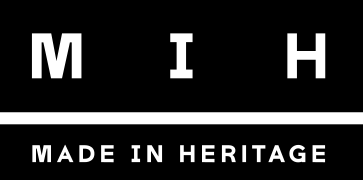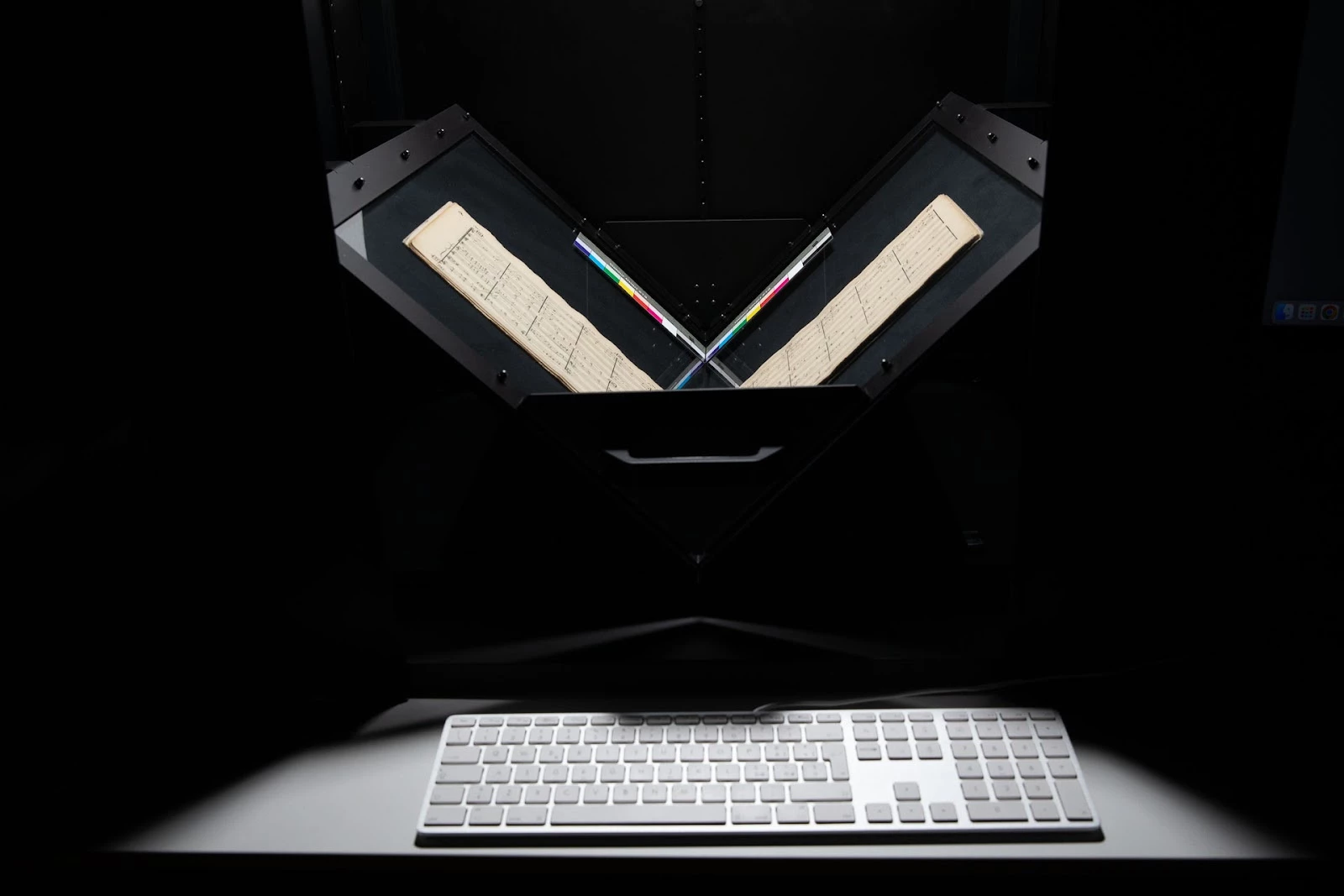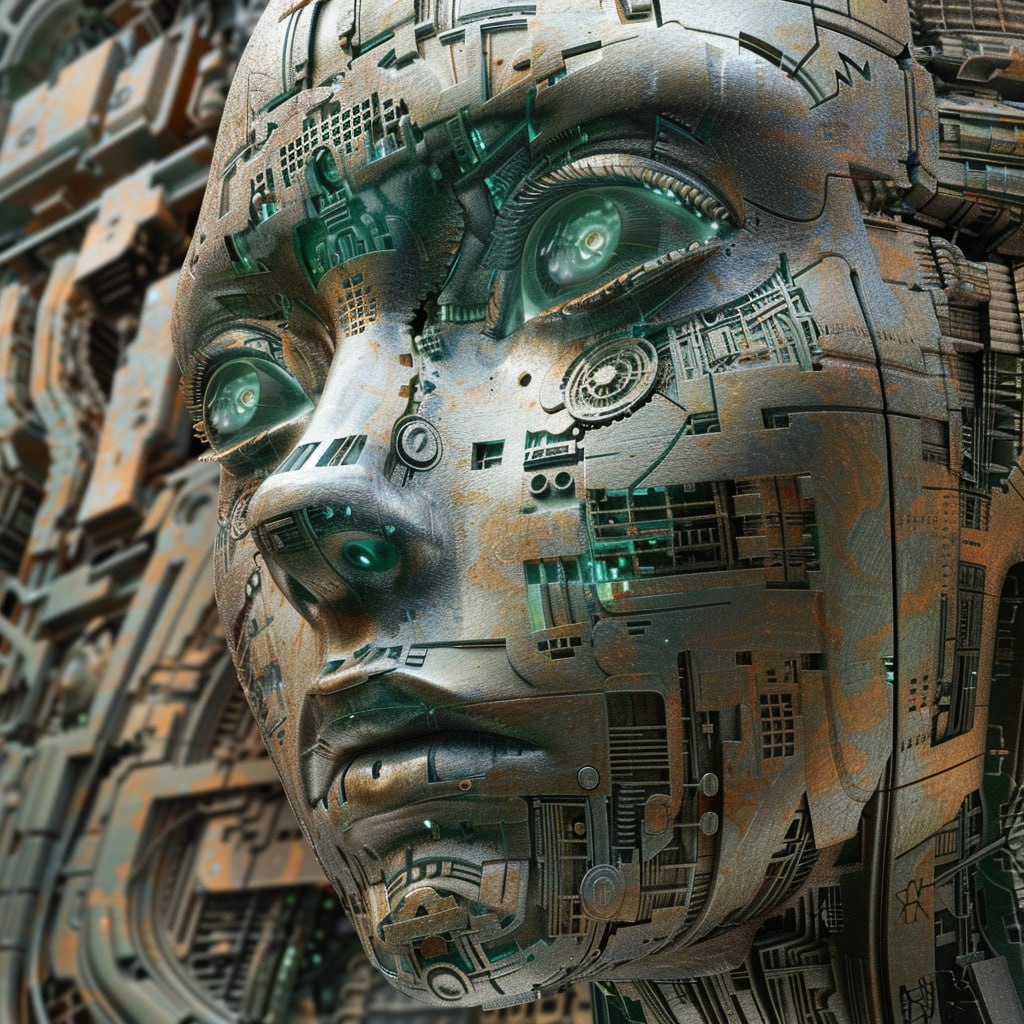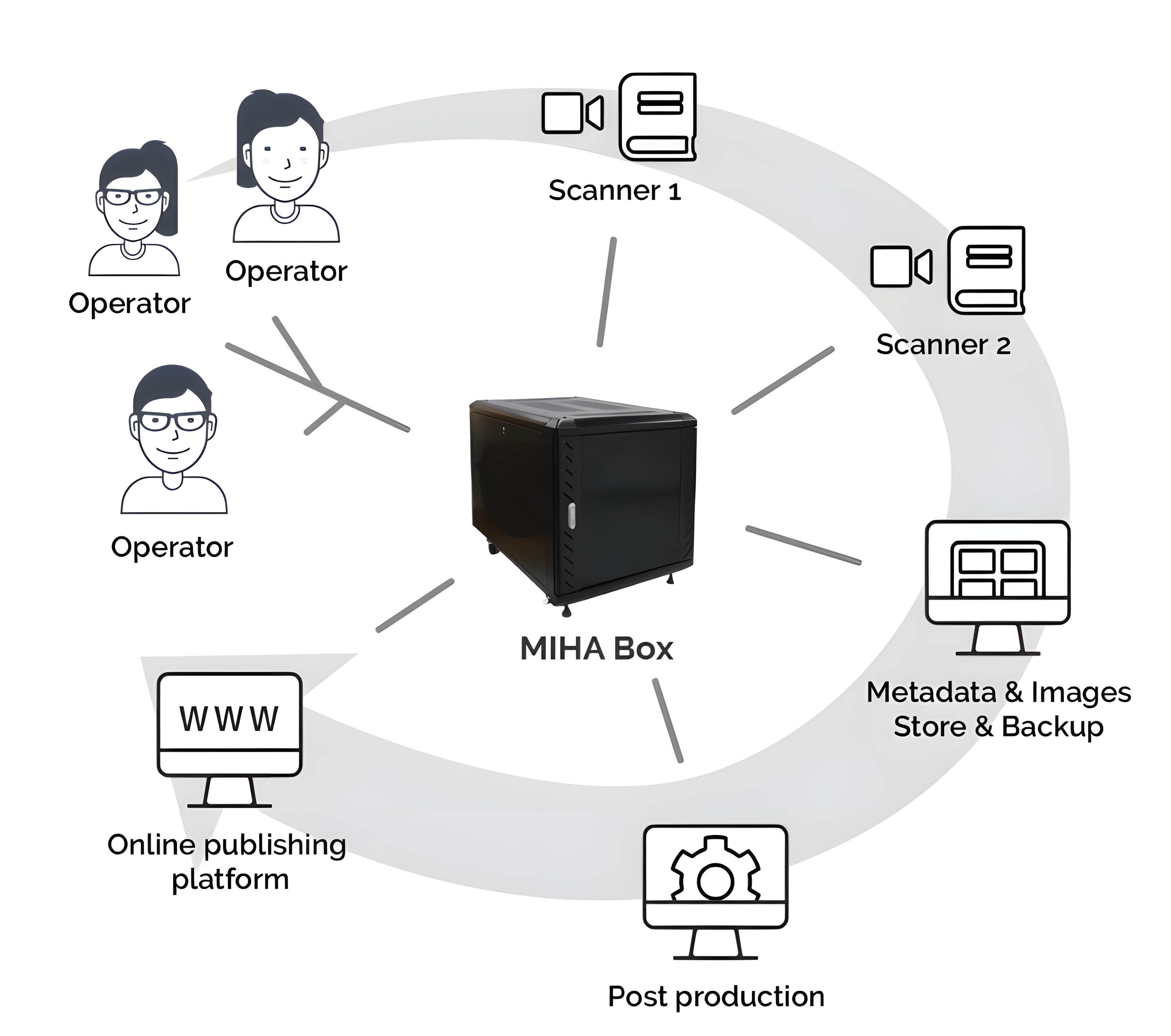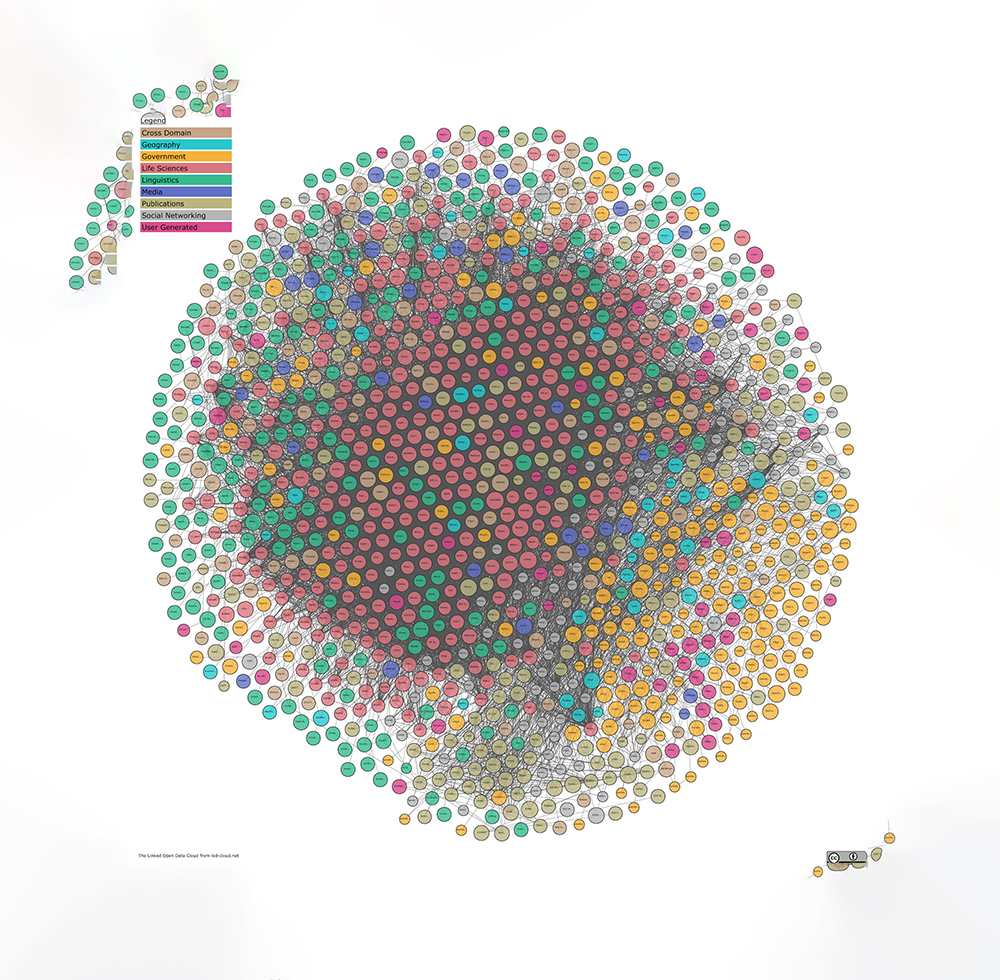Made In Heritage's approach to the protection, enhancement and promotion of corporate historical archives is based on original digital technologies for the acquisition, management, conservation and use of information. These technologies are the central element of our offer and the distinctive feature of our methodology.
TECHNOLOGIES FOR DIGITAL TRANSITION
When thinking of an archive, one might imagine a dusty place where it is difficult to understand the value and access the contents unless one is a professional. In most cases, however, archives conceal assets that can be transformed into valuable information for the company/institution, which is often hard to reach and, consequently, rarely consulted.
The inaccessibility of these hidden contents contrasts with the expectations of all of us who carry smartphones daily, providing access to the internet and numerous apps for work, leisure, and free time. Our lifestyles have undeniably changed; consider social media, an essential tool for corporate communication, or the emerging theme of IoT and the extraordinary possibility of connecting to everything and everyone.
It has long been evident that this social and technological transformation leads to a general consideration of the opportunities offered by this innovation. For example, information with online newspapers, e-commerce portals, training, strategies, and corporate marketing, which wisely monitors the internet, considering new media as the primary tools for internal and external communication.
Thus, creating a sort of big data from the past, starting with company documents, which enriches the universe of internet content. This is confirmed by the explosion of internet content, a phenomenon that enriches and creates many opportunities but at the same time obscures the few contents of past history. This is because the web is crowded with recent content and news from the past 25-30 years, while only well-known and important facts emerge from the past, those for which the digital future began earlier.
In this context, to bridge this "production" gap, it is first necessary to overcome the technological and organizational deficits of traditional processes involved in digitizing historical archives. The belief is that through a reorganization of processes combined with the use of innovative technologies, a significant change can be brought about in the landscape of digitization, particularly for business archives.
Technological innovation in digital transition processes is the turning point, and it passes through the adoption of cutting-edge enabling technologies. Today, the evolution of tools and AI algorithms is such that it is indispensable for this technology to involve fields like the digitization of cultural business archives and cultural institutions.
TECHNOLOGIES FOR DIGITAL ACCESS
Historical corporate archives are valuable sources of information about the history of companies and industries. They contain documents, photographs, records, and other materials that tell the story of the organization, from its foundation to the challenges and transformations it has faced over time. With the advent of digital technologies, these archives have become even more important and accessible, thanks to the possibility of digitizing documents and providing online access to a wide range of users.
Digital access technologies for historical corporate archives have revolutionized the way people access and use these sources. In the past, researchers had to physically visit archives and consult documents on-site Today, however, it is possible to access a wide range of information online through digital archives and remotely searchable databases. This has opened new opportunities for research and information access, making it easier for scholars to access sources and use data more effectively.
Thanks to online access to these sources, it is possible to conduct more in-depth and detailed research on the history of businesses and industries, which in turn can help develop a better understanding of the past and present. Furthermore, the digital preservation of historical corporate archives ensures that the historical memory of businesses and industries is preserved for future generations, ensuring that it is not lost over time.
The use of digital access technologies for historical business archives also involves embracing challenges related to the principles that govern the functioning of the digital library and to standards and tools for digital archival access such as IIIF, OPAC, and LOD.
